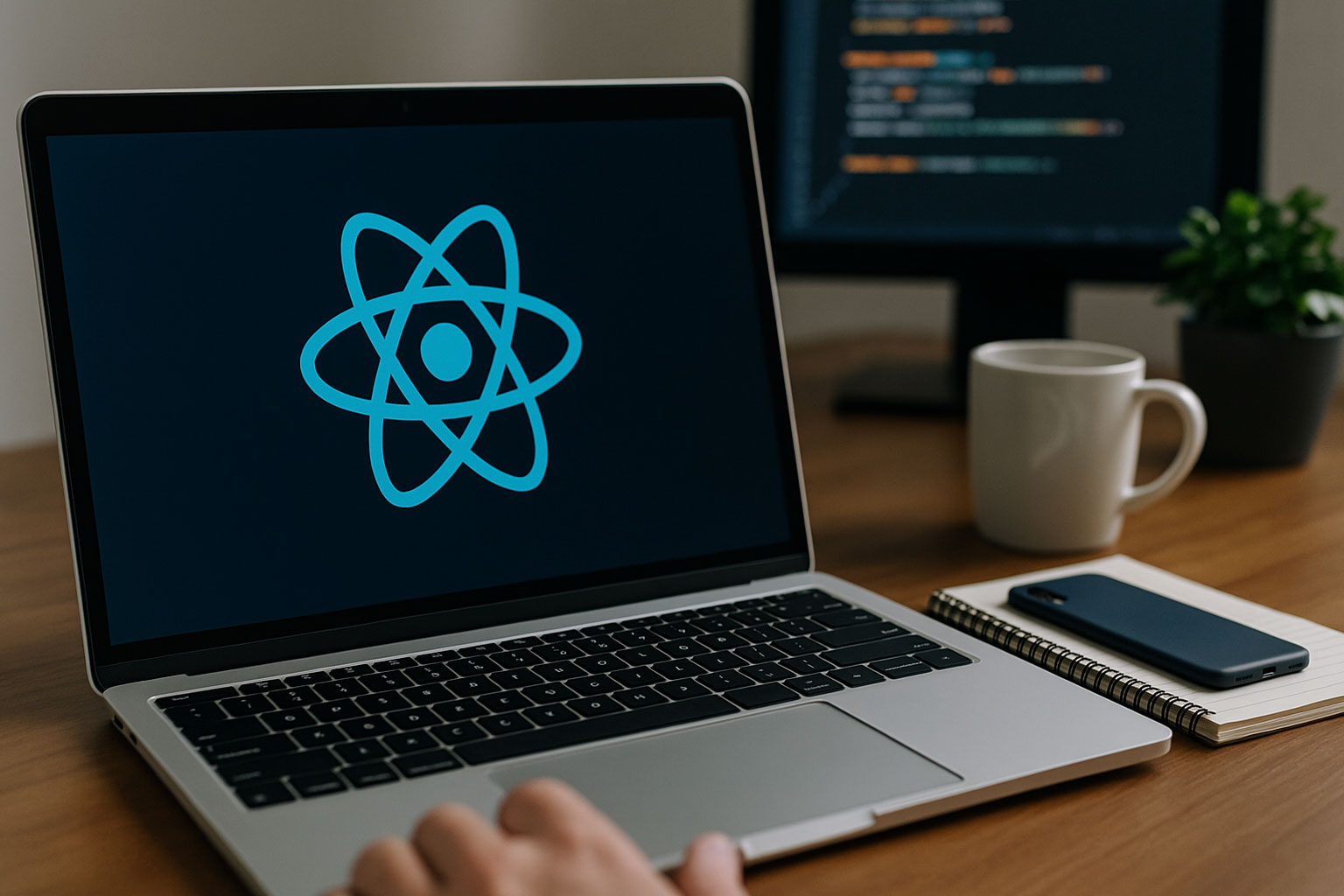IoT in Healthcare: How Smart Devices Are Transforming Patient Care in 2025
.jpeg)
31 Oct 2025
Introduction: The Connected Revolution in Healthcare
By 2025, healthcare will be more digital, more data-driven, and more patient-centered than ever. The Internet of Things (IoT) has seen the incorporation of hospitals, clinics, and even homes in an integrated health ecosystem.
The principle is straightforward yet effective: interlink medical devices, wearables, and hospital systems in order to be able to communicate, share data, and behave wisely. IoT is reinventing the process of care not only through the treatment of a disease, but also by preventing it, including remote patient monitoring and AI-based diagnostics.
Deloitte estimates that, according to its study, the world is expected to spend more than three hundred and fifty billion dollars in healthcare IoT solutions by the year 2025, with billions of connected machines monitored, producing insight that can save lives and expenditures.
What Is IoT in Healthcare?
IoT is a technology in healthcare that is defined as a web of intelligent devices and applications that gather, relay, and examine health data on a real-time basis. These systems enhance the quality of care and minimize administrative burden, and extend medical experience beyond the hospital walls.
All the devices, such as an ECG, a fitness tracker, and others, become a part of a networked healthcare system. The information is safely sent to the cloud, where artificial intelligence is used to identify trends and abnormalities, which notify the doctors and patients in case they need to intervene.
This approach to IoT-based healthcare application integration forms a feedback loop: monitor-analyze-act-improve.
Why 2025 Is a Milestone for IoT-Powered Healthcare
Digital health will hit a maturity stage in the year 2025. Several trends have converged to enhance rapid adoption:
- 5G Connectivity: 5G connectivity is a technology that supports real-time data transfer necessary in telemedicine and emergency operations.
- AI and Machine Learning: Turn predictive diagnosis and individual approach to treatment into a reality.
- Cloud and Edge Computing: Provide a means of secure processing of medical data nearer the source.
- Modernization of Regulation: FDA and HIPAA have revised the frameworks of interconnected medical devices, which have led to increased trust and compliance.
What will arise is a more intelligent, quicker, and more flexible healthcare system, one that does not respond to sickness but predicts it.
Core IoT Healthcare Applications
1. Remote Patient Monitoring (RPM)
IoT devices of remote patient monitoring constantly monitor vital values such as heart rate, blood pressure, glucose level, and oxygen saturation.
Such devices upload information on hospital dashboards or mobile applications automatically.
Impact:
- Lowers the rate of readmissions to the hospital by 40 percent.
- Helps treat such chronic illnesses as diabetes and hypertension.
- Gives clinicians visibility of patients in real time.
In 2025, the pilot study of California hospitals showed that the IoT-based cardiac monitoring reduced emergency visits by 28 percent in half a year.
2. Smart Hospitals and Connected Infrastructure
Smart healthcare devices are not just confined to patients alone, but they are changing the way hospitals operate.
- IoT sensors monitor the whereabouts of equipment and medicine.
- The smart HVAC systems will automatically control the air quality in the ICUs.
- Linked beds notify nurses when a patient is in distress, about it through the posture.
The incorporation of hospital IoT infrastructure into this system equips the organization with better operational efficiency, minimized human error, and improved patient comfort.
3. Wearable and Implantable Health Devices
Wearable IoT sensors in medicine are transforming preventive care since smartwatches can detect arrhythmia, and ingestible sensors can monitor medication.
Examples include:
- Intelligent watches with the ECG feature that alert users to irregularities in the heart.
- Glucose-measuring smart contact lenses.
- Real-time recovery data is sent post-surgical by implantable chips.
These interrelated medical devices enable patients to be in charge of their health and offer clinicians streams of data.
4. IoT in Telemedicine
IoT data has become the driving force of telemedicine.
While using online consultations, doctors have access to live blood pressure, oxygen level, or ECG results.
The IoT healthcare systems comprise medical sensors, cameras, and analytics tools, which enable virtual visits to compete with in-person visits.
In rural and remote areas, the IoT in remote healthcare allows world-class expertise to be delivered to the door or even the wrist.
5. Smart Medication Management
IoT-implemented medication dispensers monitor the doses given and provide alerts to patients (and caregivers) about the missed doses.
The EHR is integrated to maintain an automatic update and improved monitoring of adherence.
Non-compliance rates with medication result in 125,000 deaths per year; this is what IoT is meant to bridge.
6. Emergency and Critical Care IoT
Connected ambulances send patient vitals to hospitals in advance.
In ICUs, IoT sensors continuously stream oxygen saturation, ECG, and blood pressure data to centralized dashboards.
Physicians can be able to prepare to intervene even before a patient goes to the ER with real-time analytics.
The AI + IoT Partnership in Healthcare
The actual strength of IoT lies in its combination with artificial intelligence (AI).
AI Enhances IoT by:
- Predicting health events: AI models detect patterns that signal cardiac distress or infection risk.
- Personalizing treatment: Algorithms tailor medication dosages and therapy plans.
- Automating diagnosis: AI interprets radiology images and sensor data faster than human review.
- Optimization of the logistics of hospitals: Predictive analytics distributes resources and staff as effectively as possible.
Example: An IoT system with AI at a cardiac center in Singapore processes 10,000 samples of heartbeat per patient daily, and detects arrhythmias 12 hours ahead of regular ECG detection.
Artificial intelligence and the Internet of Things combine to form an interconnected layer of intelligence across health care and convert reactive health care to proactive precision medicine.
The IoT Cloud Platform for Hospitals
The IoT cloud platform is a digital backbone that is behind all connected devices in hospitals.
This platform handles information ingestion, encryption, analytics, and integration with hospital information systems.
Key Components:
- Cloud Storage and Security: Data Protection of patient information in compliance with HIPAA.
- Edge Analytics: Processes data that has time constraints and processes it in real-time.
- API Integration: EHR, billing, and telemedicine connection.
- AI Dashboards: Provide real-time insights for clinicians.
NanoByte Technologies develops scalable and modular IoT cloud architectures that can meet the requirements of each hospital in its size and compliance requirements.
Data Security and Privacy Challenges
The fact that healthcare is increasingly becoming interconnected makes the security of patient data more complicated.
One hospital is currently able to control more than 10,000 connected devices, all of which are possible access points.
Key Threats:
- Unauthorized access to patient information.
- Data intrusion in the course of transfer.
- Hardware intrusion or operating system vulnerabilities.
Security Strategies:
- End-to-End Encryption: Communications across all devices to the cloud are encrypted.
- Blockchain Tracking: Ensures transparent and tamper-proof data logs.
- Zero-Trust Architecture: Checks all devices before allowing them entry into the network.
Having trust is the same as having technology. This is why the current IoT healthcare systems are developed based on security-by-design concepts.
IoT Healthcare Data Analytics: Turning Information into Insight
The healthcare gives rise to a sea of data. IoT makes sure that it is not wasted.Analytics platforms powered by IoT transform raw metrics into actionable intelligence.
Applications:
- Predictive Alerts: Anticipate equipment failure or patient decline.
- Population Health Management: Determine the disease trends within societies.
- Operation Optimization: Optimize the staffing, supply, and energy consumption.
The healthcare data analytics IoT implementation in hospitals implies a 2030 percent increase in the speed of decision-making and significant savings in the routine diagnostics.
Case Study: Remote Cardiac Monitoring in Action
A major U.S. healthcare network partnered with NanoByte Technologies in 2024 to deploy an IoT-based health monitoring app for cardiac patients.
Objective:
Lessen emergency hospitalization because of the late syndrome of heart abnormalities.
Solution:
- Smartwatch ECG sensors to the IoT platform of NanoByte.
- AI intelligence, real-time anomaly detection.
- Clinicians and caregivers receive automatic alerts.
Results After 12 Months:
- 41 % reduction in ER visits.
- 27 % medication adherence.
- Over $1.8 million in cost savings.
This is an illustration of the way IoT predictive analytics can provide both financial and medical impact.
Building a Sustainable Connected Health Ecosystem
In order to ensure the sustainability of IoT, healthcare providers need to pay attention to interoperability, scalability, and training.
Key Steps:
- Standardization: Exchange between devices using HL7 FHIR protocols.
- Infrastructure: Develop Wi-Fi 6 or 5G infrastructure to be reliable.
- Staff Upskilling: Educate clinicians to be knowledgeable about what the IoT analytics can communicate to them.
- Patient Education: Provide users with the motivation to work with their health data.
It is aimed at developing interconnected health eco-systems capable of empowering both parties of the healthcare equation, both providers and patients.
The Economic and Social Impact of IoT in Healthcare
Other than innovation, IoT brings about quantifiable payoffs.
Economic Gains:
- 30–40 % lower administrative costs.
- The decrease in diagnostic errors by 20 percent.
- Possible savings in the world of 300 billion dollars a year by 2030.
Social Benefits:
- Access to better rural health.
- Increased inclusiveness of the elderly and disabled patients.
- Premature treatment and fewer deaths due to chronic illnesses.
Every connected device is not only contributing to the flow of data but social good.
Ethical and Regulatory Considerations
The fast development of the IoT in healthcare raises significant ethical concerns:
- Who is the owner of patient-generated data?
- How will AI be able to guarantee an unbiased diagnosis?
- What can occur when human control is substituted with automation?
Government bodies such as the FDA and European Medicines Agency are revising IoT regulation systems of medical equipment and devices, making them undergo thorough testing, cybersecurity inspections, and clear AI descriptions.
In 2025, no one will be able to create digital trust without complying.
Future Trends: Digital Health Innovation Beyond 2025
In the future, IoT will overlap with a variety of edge technologies:
- Precision medicine powered by AI: Customized treatment, grounded on real-time information and genomics.
- Blockchain Health Records: patient histories distributed among the providers with impeccability.
- Nano-IoT Sensors: Miniature-sized implants with the ability to measure molecules.
- Digital Twins in Healthcare: Computerized similes of organs for predictive testing.
- Sustainable IoT Devices: Biodegradable substances that minimize electronic waste.
The future step of the IoT is not about the increase in the number of devices but about the increase in intelligence, empathy, and efficiency of the delivery of healthcare.
Conclusion: Smarter Systems, Healthier Lives
The Internet of Things in healthcare has been transformed into a concept and cornerstone.
It bridges the gaps between information and diagnosis, equipment and physician, and individuals and tailored attention.
By the year 2025, healthcare will no longer be reactive, but predictive, connected, and continuous.
IoT is creating a future where care does not go dead-air as remote monitoring and analytics enhanced by AI are driving change.
NanoByte Technologies is the company that empowers healthcare providers with scalable, secure, and smart IoT healthcare solutions that enable them to bridge innovation and compassion.
In contemporary medicine, being connected is not a matter of convenience, but rather a matter of care.



.jpg)

